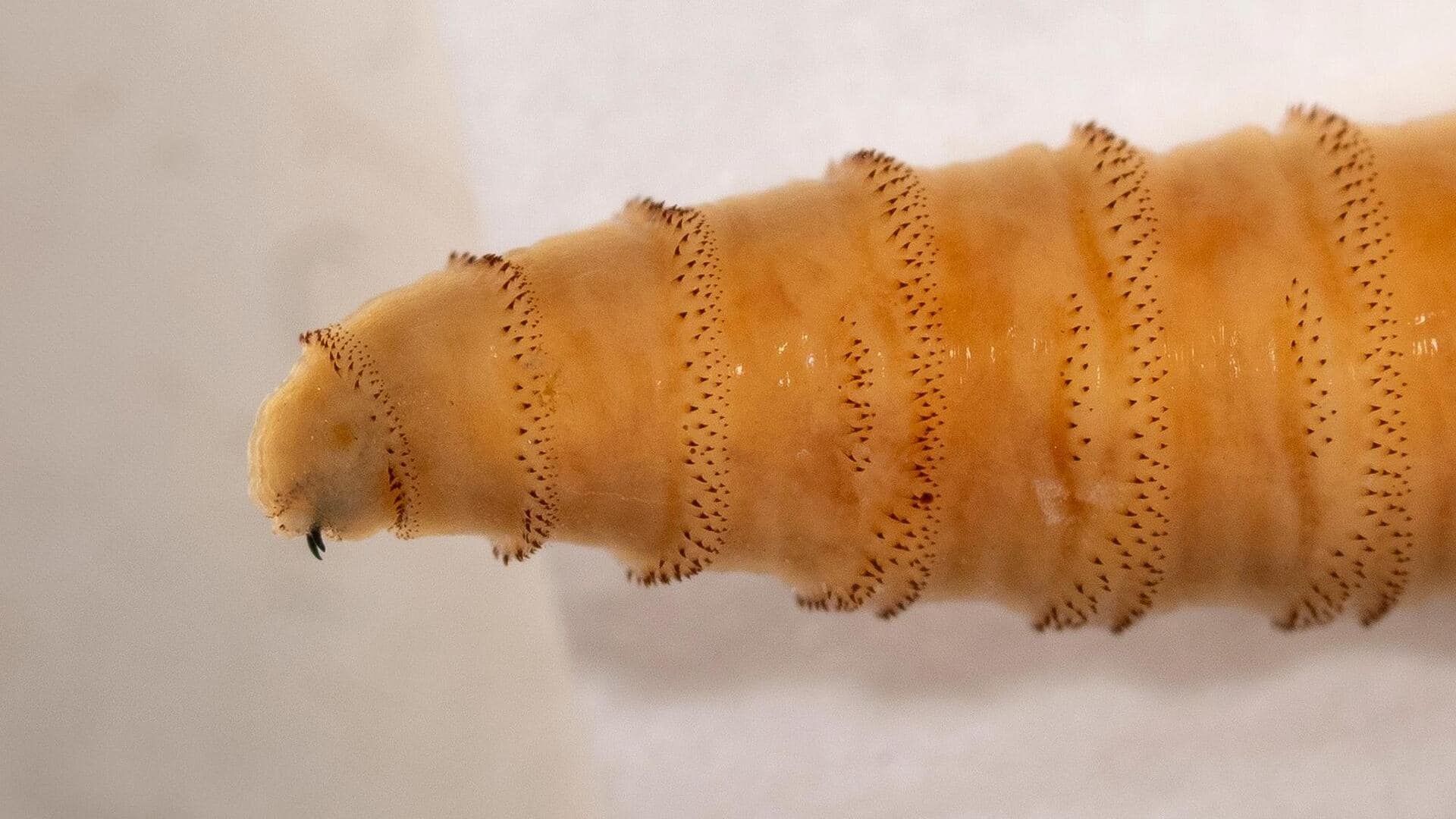
What is flesh-eating parasite infection found in US after 60yrs?
What's the story
A rare case of screwworm myiasis, a flesh-eating parasite infection, has been confirmed in the United States for the first time in 60 years. The Centers for Disease Control and Prevention (CDC) confirmed the case in Maryland in August 2025. The patient had returned from Central America, where a larger outbreak has been spreading since late 2023.
Parasitic fly
What is screwworm myiasis?
The New World screwworm (Cochliomyia hominivorax) is actually not a worm, but a parasitic fly that feeds on living flesh. Female flies lay up to 3,000 eggs in open wounds of warm-blooded animals, including humans. The larvae then burrow deeper into tissue with their screw-like mouths, causing severe pain and tissue destruction.
Health impact
Symptoms and risk factors
The CDC lists symptoms of screwworm myiasis as non-healing wounds, a sensation of movement inside a wound, visible maggots, foul-smelling odor, fever and chills. People with open cuts or those near livestock in endemic regions are at higher risk. The only treatment is manual removal of larvae and thorough wound cleaning.
Economic threat
Livestock at greater risk
While the risk to human health is low, livestock is at a greater risk from screwworms. The parasite could cause economic damage exceeding $1.8 billion if it spreads into Texas, according to Texas A&M University estimates. In response, the US Department of Agriculture (USDA) has announced a major containment plan with plans for a new sterile fly facility in Edinburg, Texas.
Eradication plans
US previously eradicated screwworms
The United States had previously eradicated screwworms in 1966 using the sterile insect technique. This involved releasing sterilized male flies to collapse the wild population. Mexico has also launched a $51 million fly facility to slow the spread of screwworms, aiming to push them back into the Darien Gap rainforest and prevent their northward spread into the US.